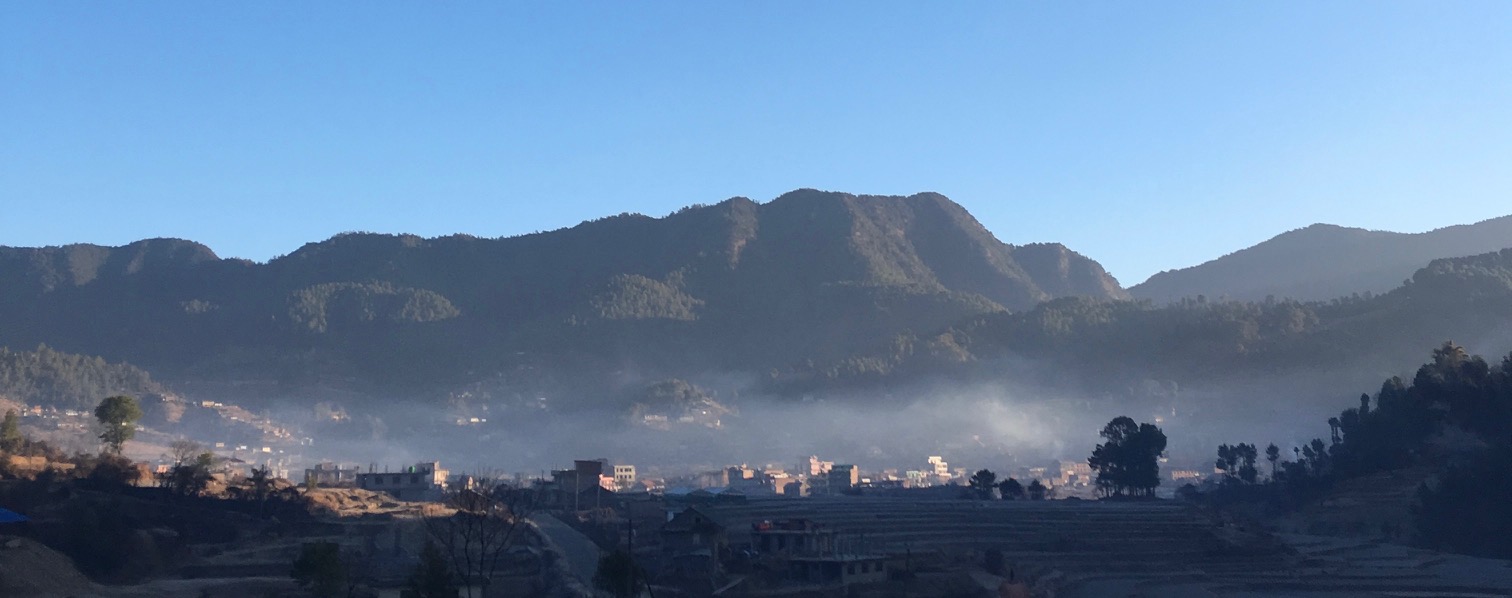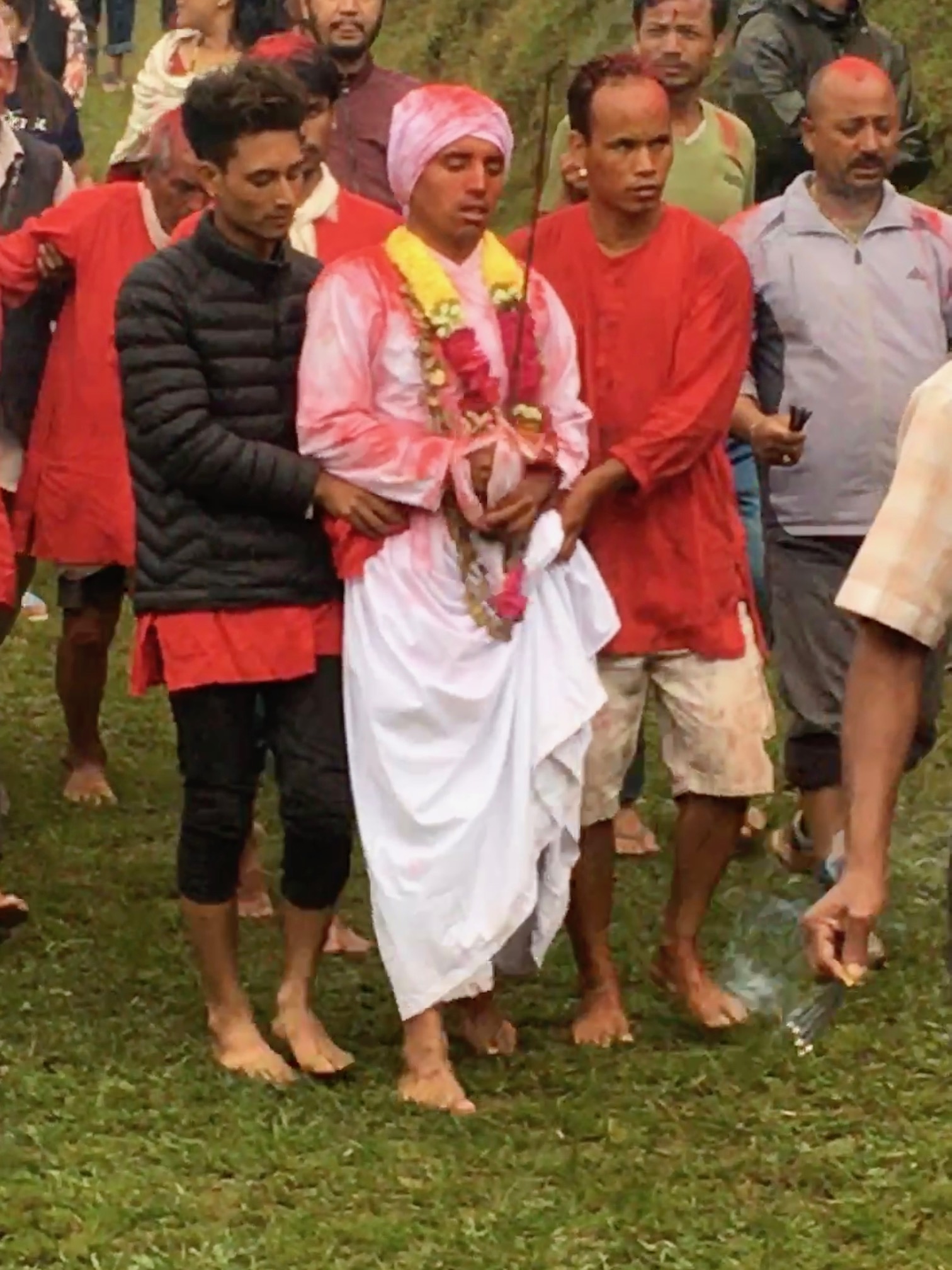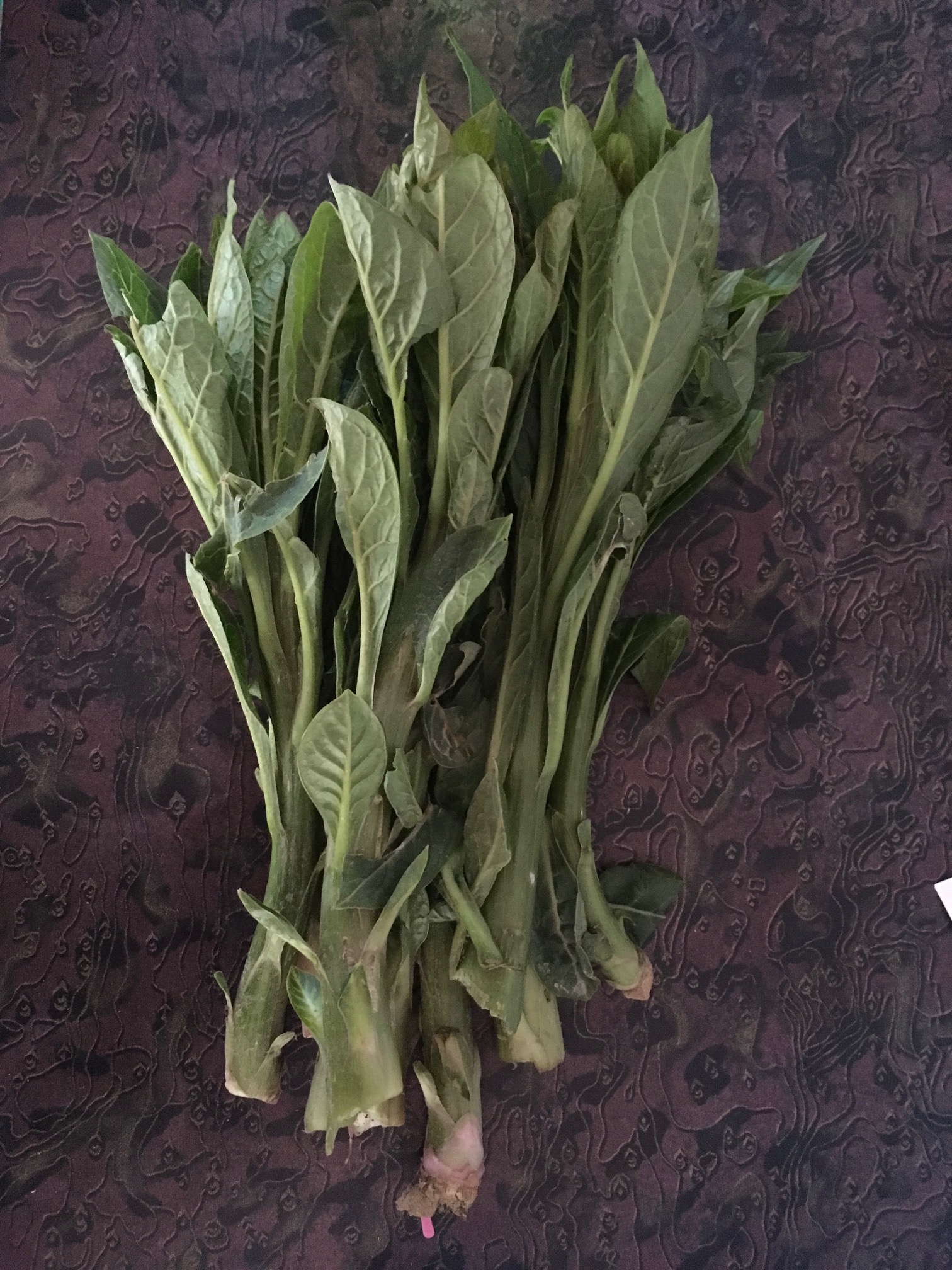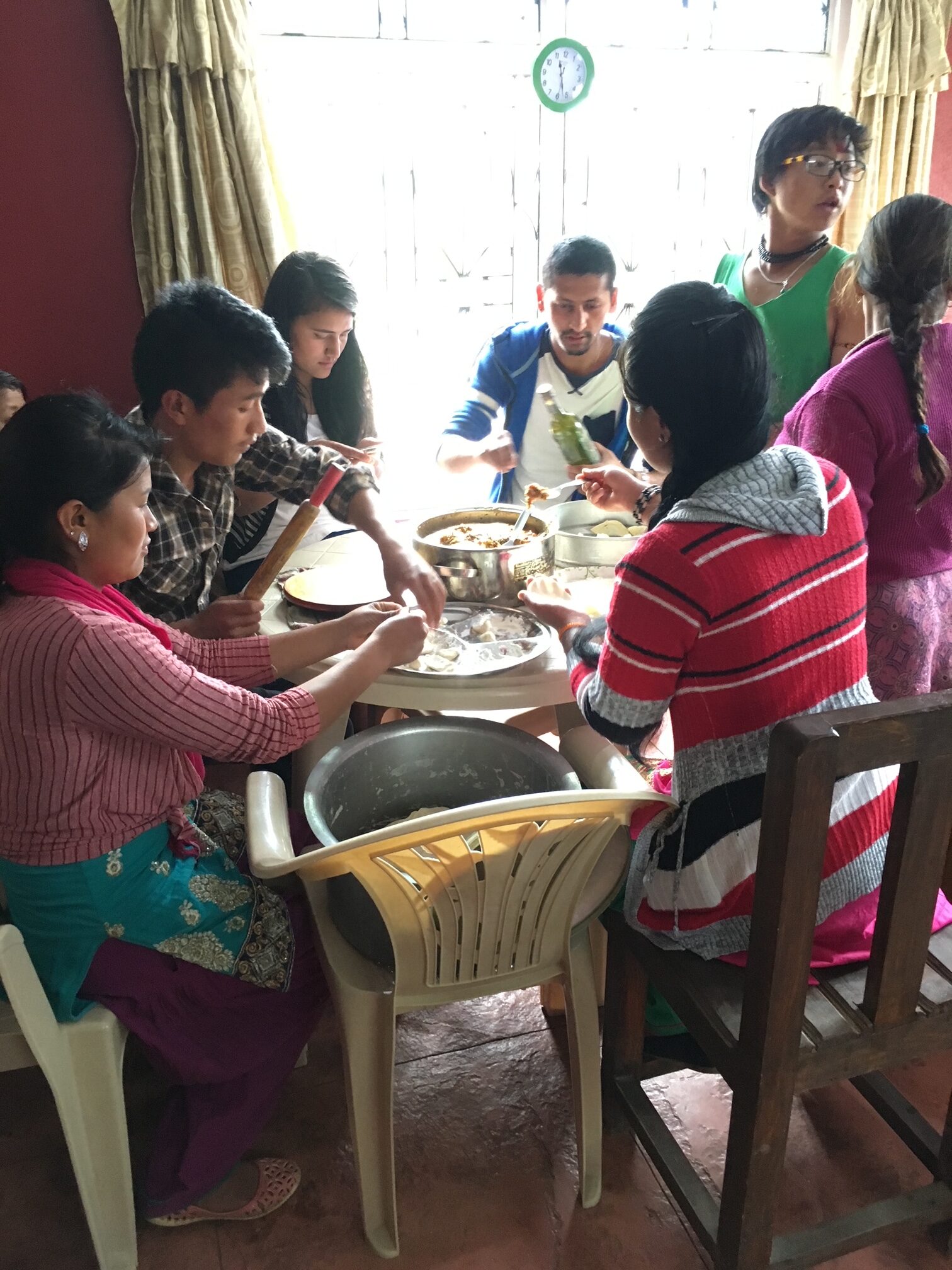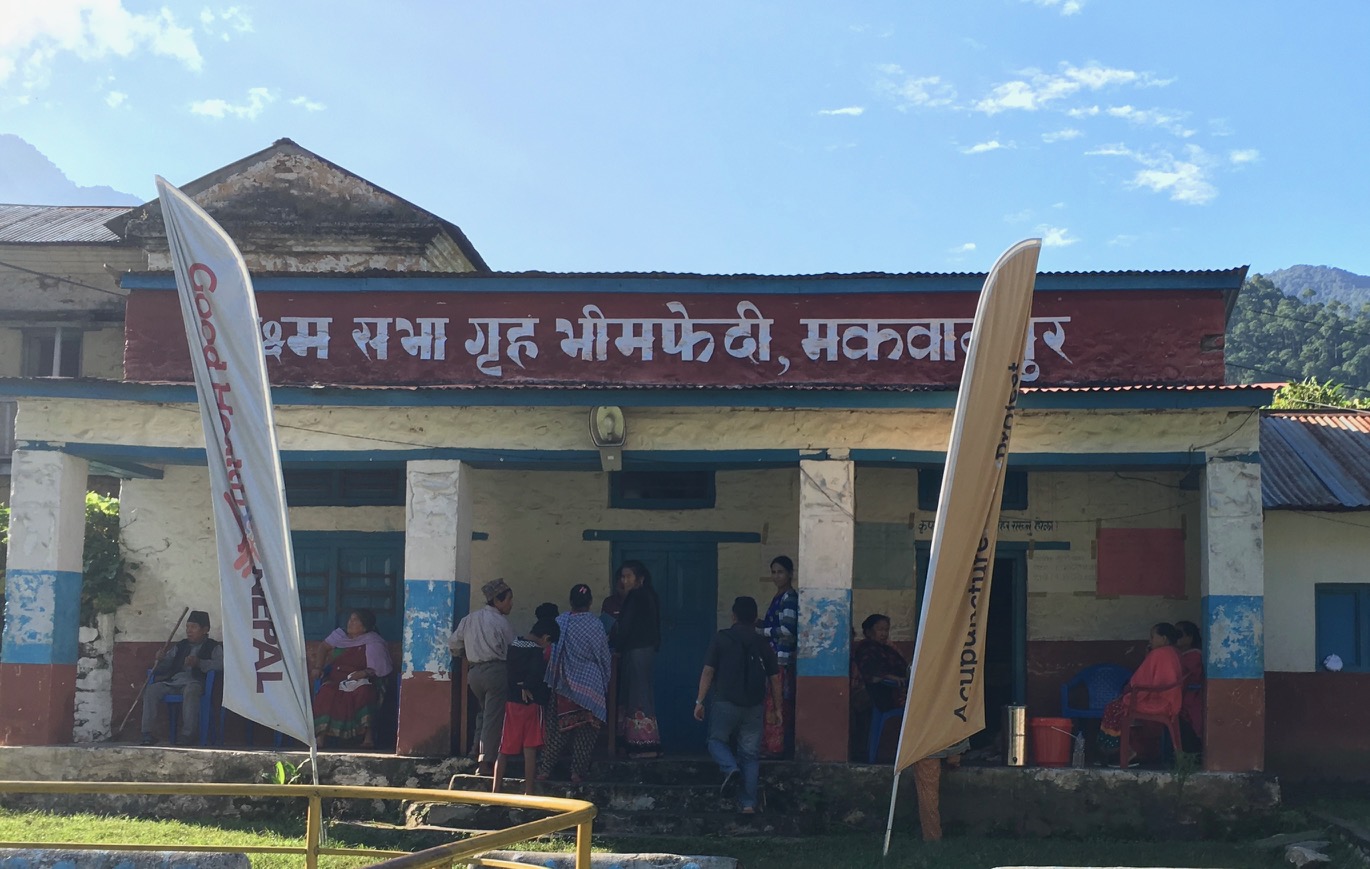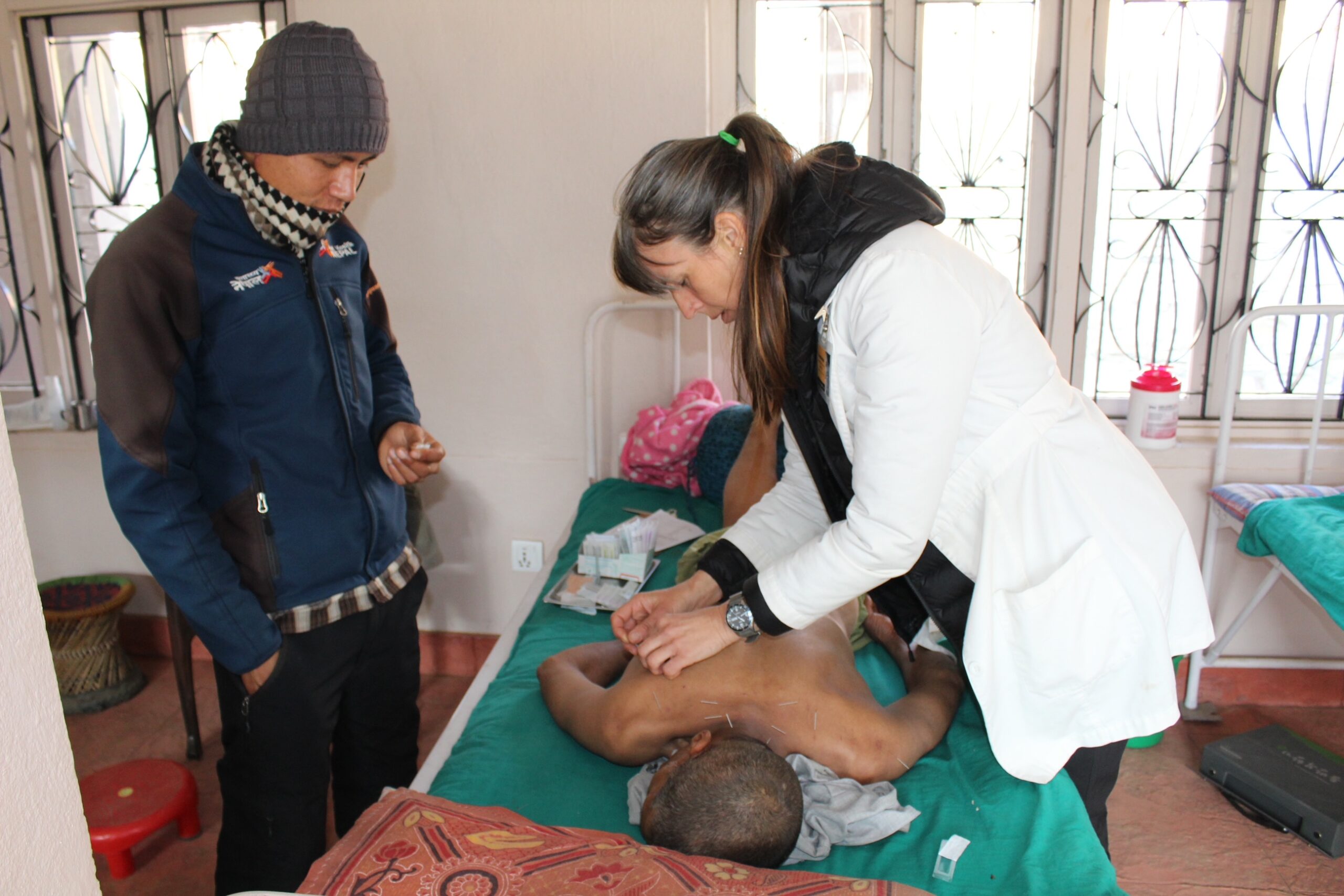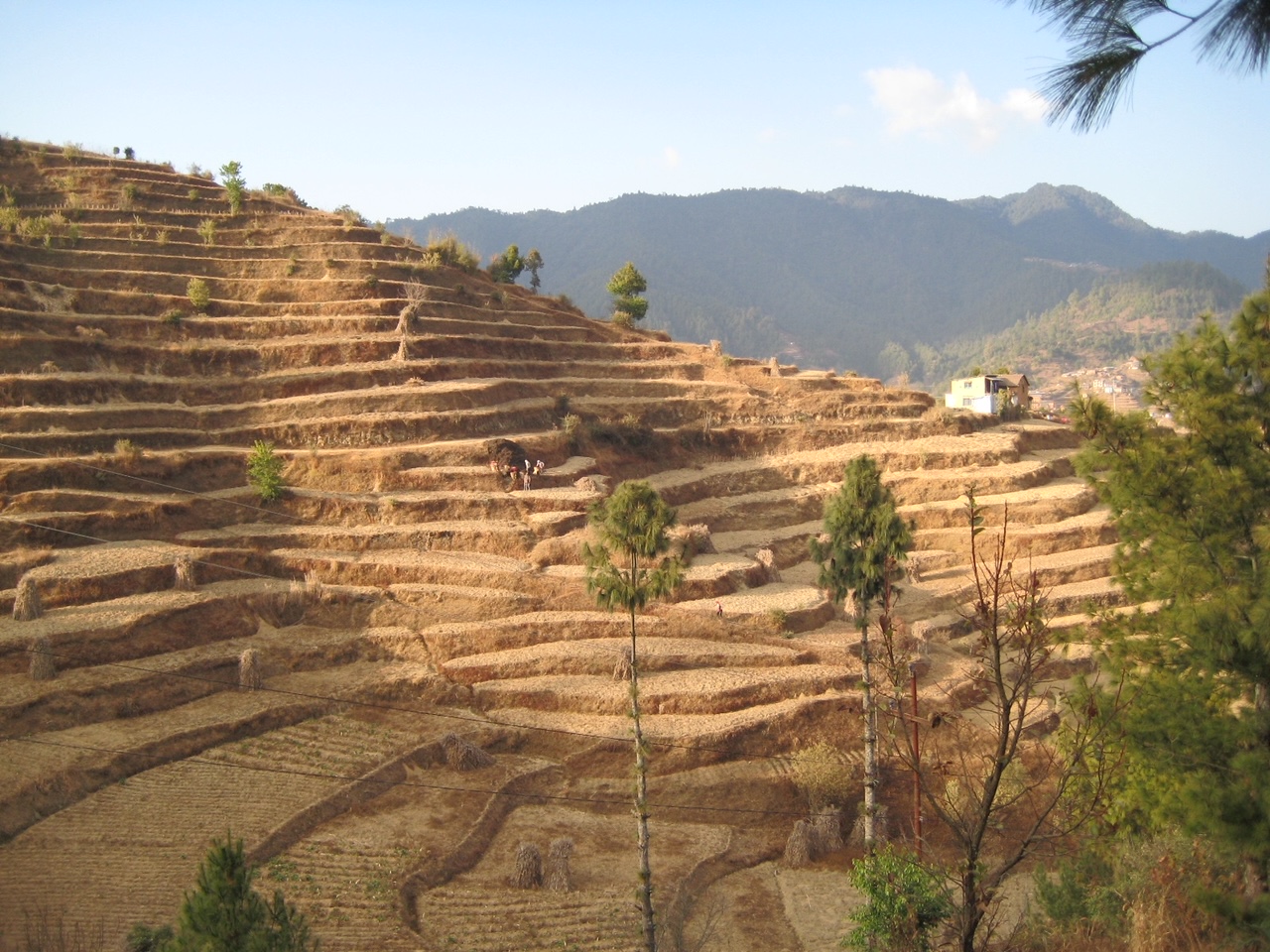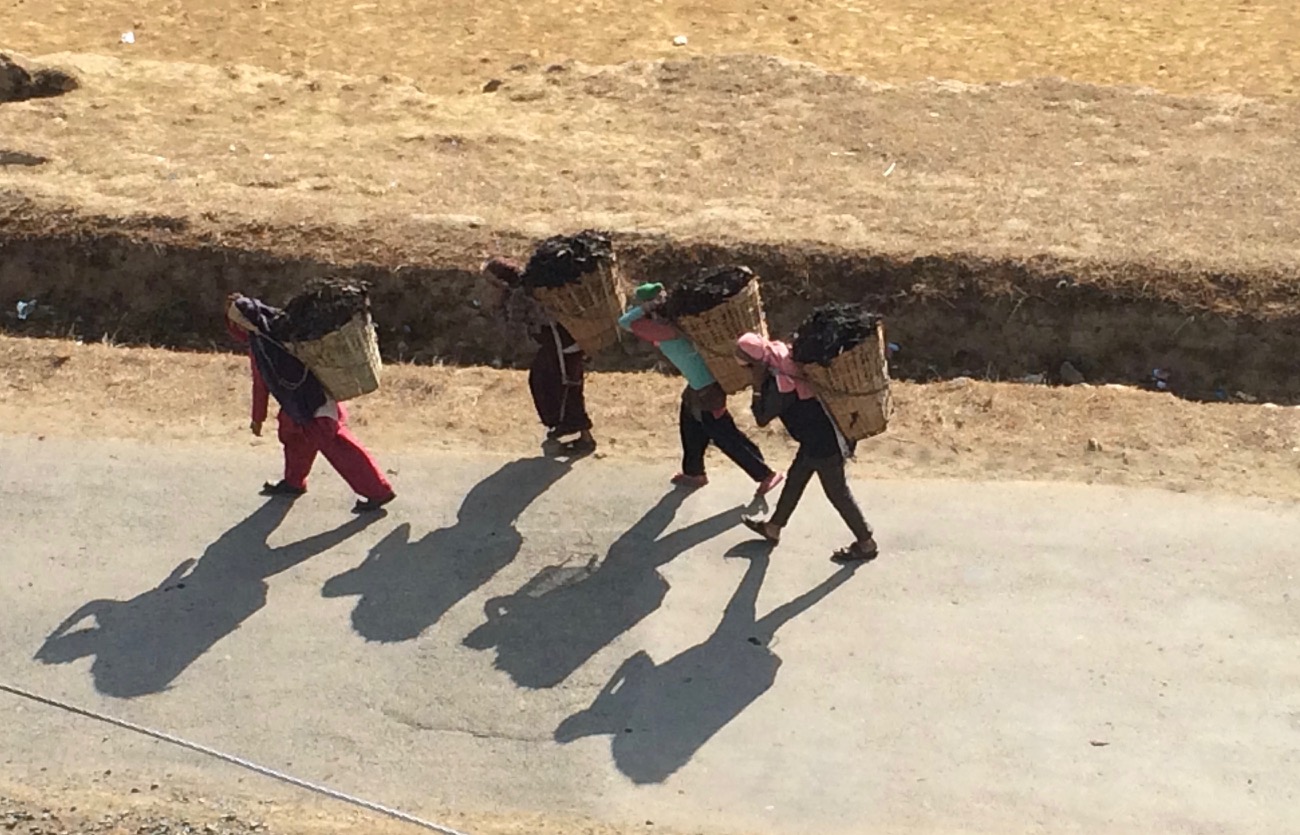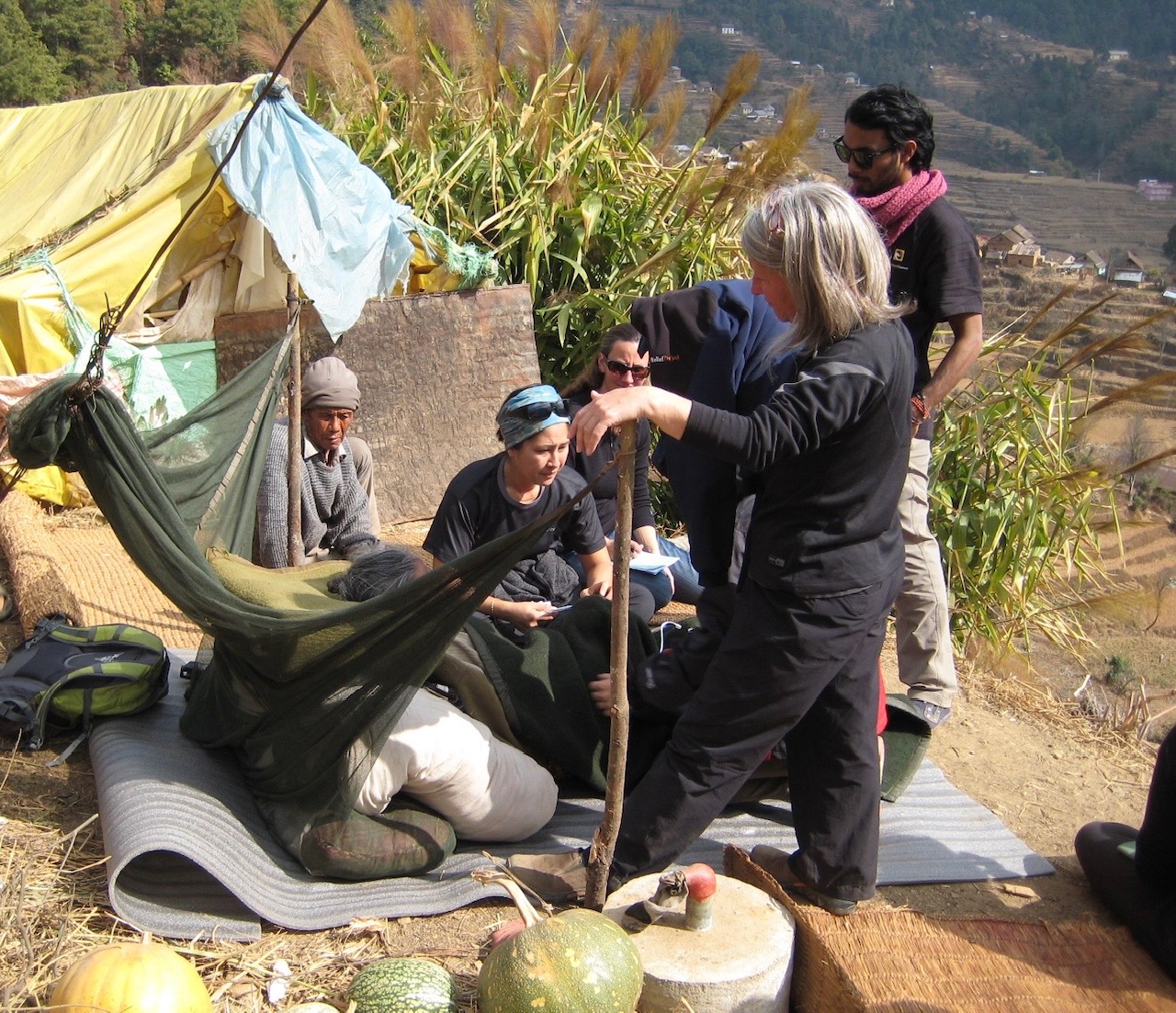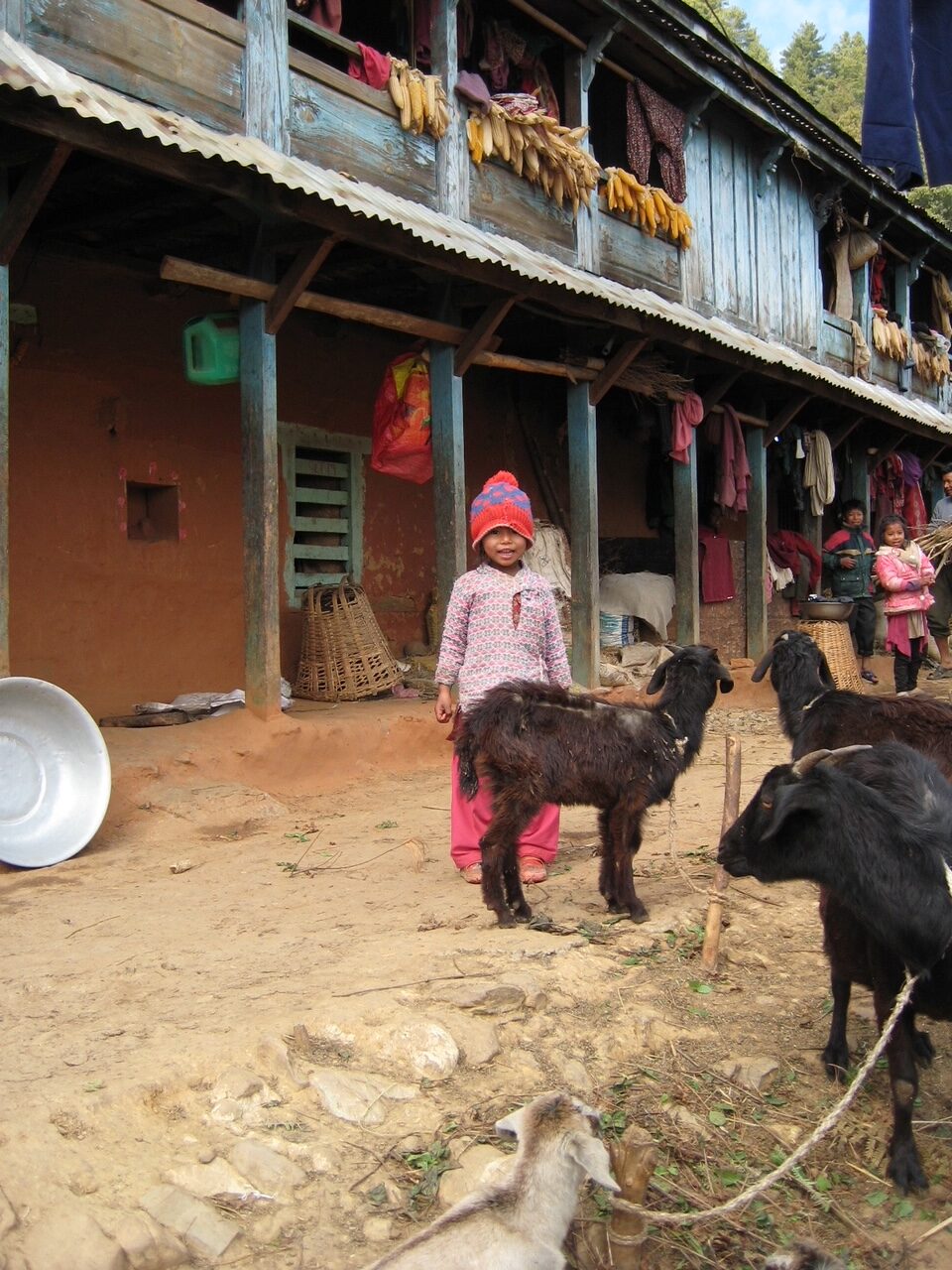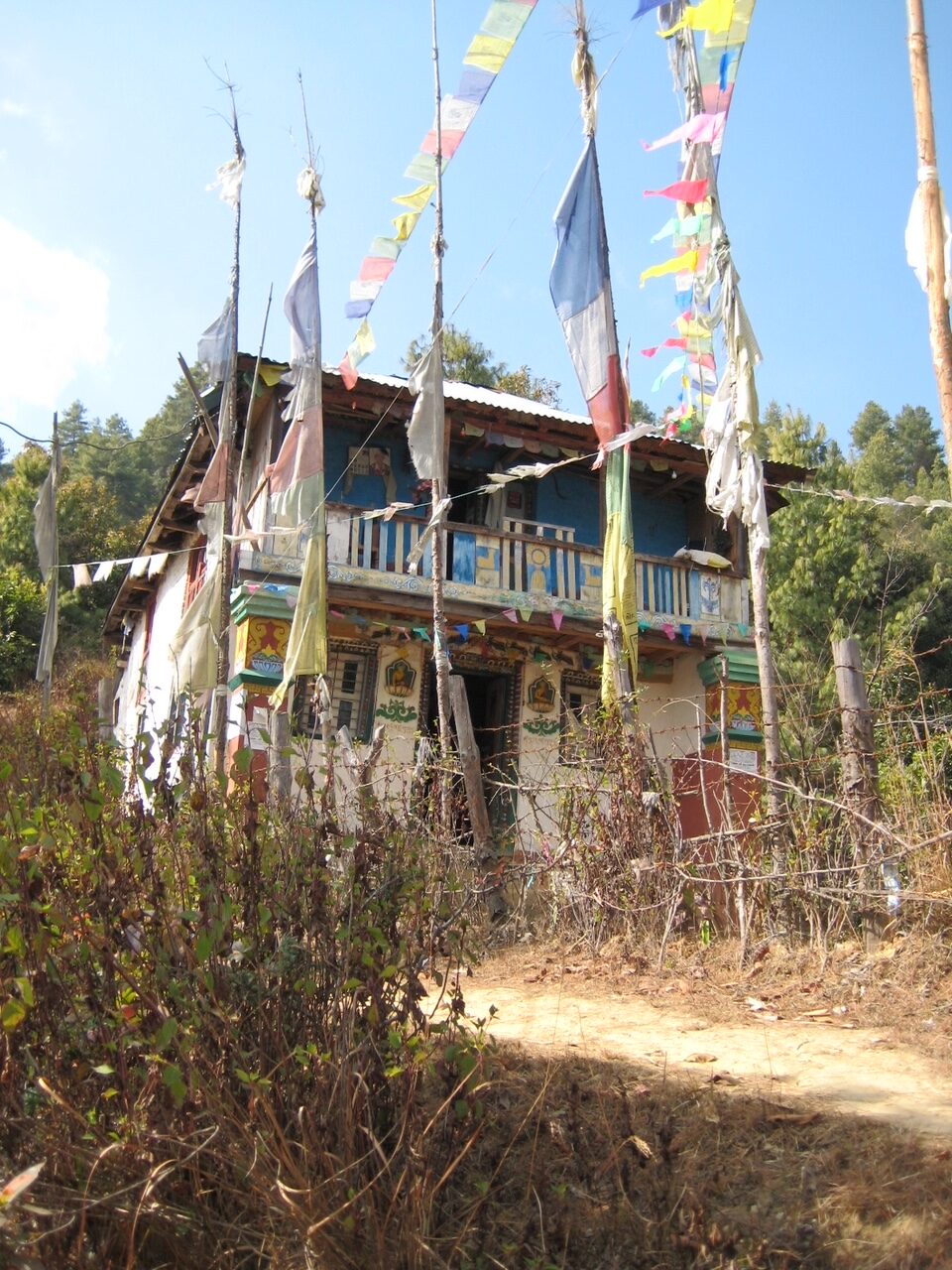The combined challenges of dodgy internet service, navigating a WordPress website, and procrastination over actually finishing any of my blog posts has resulted in more snippets on Instagram and Facebook than newsletters. However, these acupuncture trips have been a gift and I really do want to acknowledge that, along with the importance of all those who have generously made donations, the continued encouragement of my friends and family, and all of you who helped to make my Guatemalan shirt business such a success this summer (the proceeds of which help cover the cost of these volunteer trips). Your support has reached many people.
Also, my current life would not be possible without the visionaries who put in the hard graft of establishing and administrating inspiring non-profit organizations that I could volunteer for. In 2017, these included Project Buena Vista in the Manu Biosphere Reserve in the Peruvian jungle, DESEA in the Peruvian Andes, and Acupuncture Relief Project in Nepal. It really has been a privilege to meet and work with so many different patients, to be accepted in out of the way communities, to see this branch of medicine embraced and it’s value recognized, and to have the opportunity to collaborate with other amazing health care professionals.
Below is something that I wrote about my last visit to Nepal.
Patients come on a first come, first served basis, often arriving a little before 6am, slipping their appointment cards under a designated stone on the reception window sill. Many will have taken several hours to get to the clinic then may have to wait for some time to be seen, but time has a different value here and we get few complaints.
This different concept of time can manifest in many ways. A patient will often postpone their follow up appointments in order to celebrate a new moon or a festival. Between all the different ethnic groups that make up Nepal, there are more holidays celebrated here than there are days of the year, but neither intolerable pain nor life-threatening conditions are allowed to interfere with these occasions, or the intense periods of preparation and ritual often involved.
My last visit coincided with the riotous celebration of Jatra, the local three-day festival that occurs every third year in honour of the goddess, Bajra Barahi, whom our village is named after. The festival is to ensure good crops for the following three years, and every possible tactic is implemented. Tumultuous processions to the temple involve vibrating holy men carried in settles, sacrificial goats, buffalos, and chickens, specially brewed alcohol, and prostrating pilgrims measuring their length with bystanders throwing offerings of rice, tikka powder and petals in their path. The playing field facing the clinic was transformed into a dizzying carnival of fairground stalls alternating with vendors of sweet, sticky snacks and knick-knacks. Weaving in between these crowds, a continuous stream of villagers led their sacrificial livestock down to the temple below, accompanied by the sound of drums and horn instruments, whose wails would drift in through our windows from morning to night. The atmosphere at the temple itself was a heady blend of incense, heat and smoke from fires, chanting, bells, all culminating around the juniper-decked shrine where sacrifices were made. It was a sight to behold.
Offerings are a big thing here. The rustle of cellophane emanating from a pocket as clothing is removed is usually a good indicator that candies will shortly be handed out as freely as blessings. The clinic kitchen constantly overflows with fresh produce, homemade popcorn, and local delicacies brought in by our generous agrarian patients. This particular type of greens was a favorite. Traditionally only found in the Nepali calendar month from which it takes it’s name, it is highly prized.
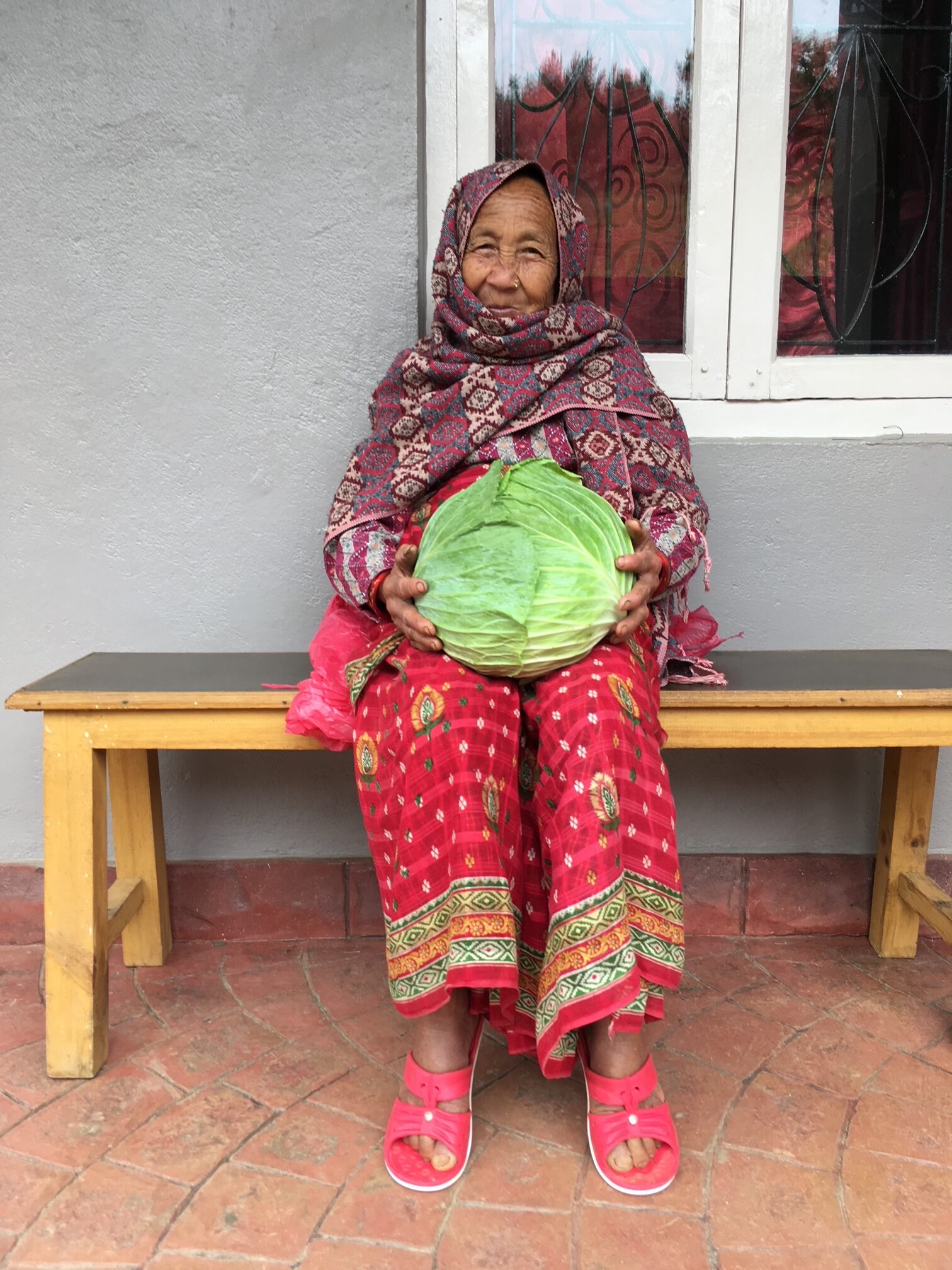 This patient arrived at 7.30 in the morning having walked for 2 hours in heavy rain and apologized for not being able to carry a second cabbage (the first was already one of the biggest I have ever seen and the patient one of the tiniest).
This patient arrived at 7.30 in the morning having walked for 2 hours in heavy rain and apologized for not being able to carry a second cabbage (the first was already one of the biggest I have ever seen and the patient one of the tiniest).
I love being part of this community and the surrounding country, and we always try to get out and see as much as possible in our spare time. I must confess that weekends and holidays are usually a welcome relief; a chance to rest, but also study, and process our clinic experiences. Although it is generally pain that brings people into the clinic, we are effectively primary care providers and each day is like an episode of House where we have to sift through a head-spinning array of symptoms, trying to differentiate between the medically serious and the curious. Most of our patients aren’t used to talking about their symptoms so it can take a few treatments to unravel what is really going on, but at the same time, as any emergency would entail a 4-hour +/- bumpy jeep ride to Kathmandu for those fortunate enough to live near a road and transport, we need to be mindful that nothing should reach that stage. Unfortunately, our ability to properly assess the patients House-style is hampered by the difficulty in persuading them to go for diagnostic tests if it involves traveling anywhere by vehicle. This can all be quite nerve-wracking for us as their care providers, but many of our patients seem more comfortable with the idea of potentially fatal illnesses than car-sickness, or even just the difficulties of navigating the few public transport options on their own.
I thrive on the work here. It challenges me in a way that I probably won’t find anywhere else. There are so many pieces to the puzzle and Chinese medicine skills are just a part of it; family dynamics, cultural differences, the patient’s own fears or beliefs, even something as basic as getting the patient to eat or drink enough can dictate the success or failure of our treatments. Tactics such as placing cavalier blood pressure patients next to stroke patients, or stroke patients next to other stroke patients, allows the sharing of stories and encouragement that can be pivotal to the success of a treatment.
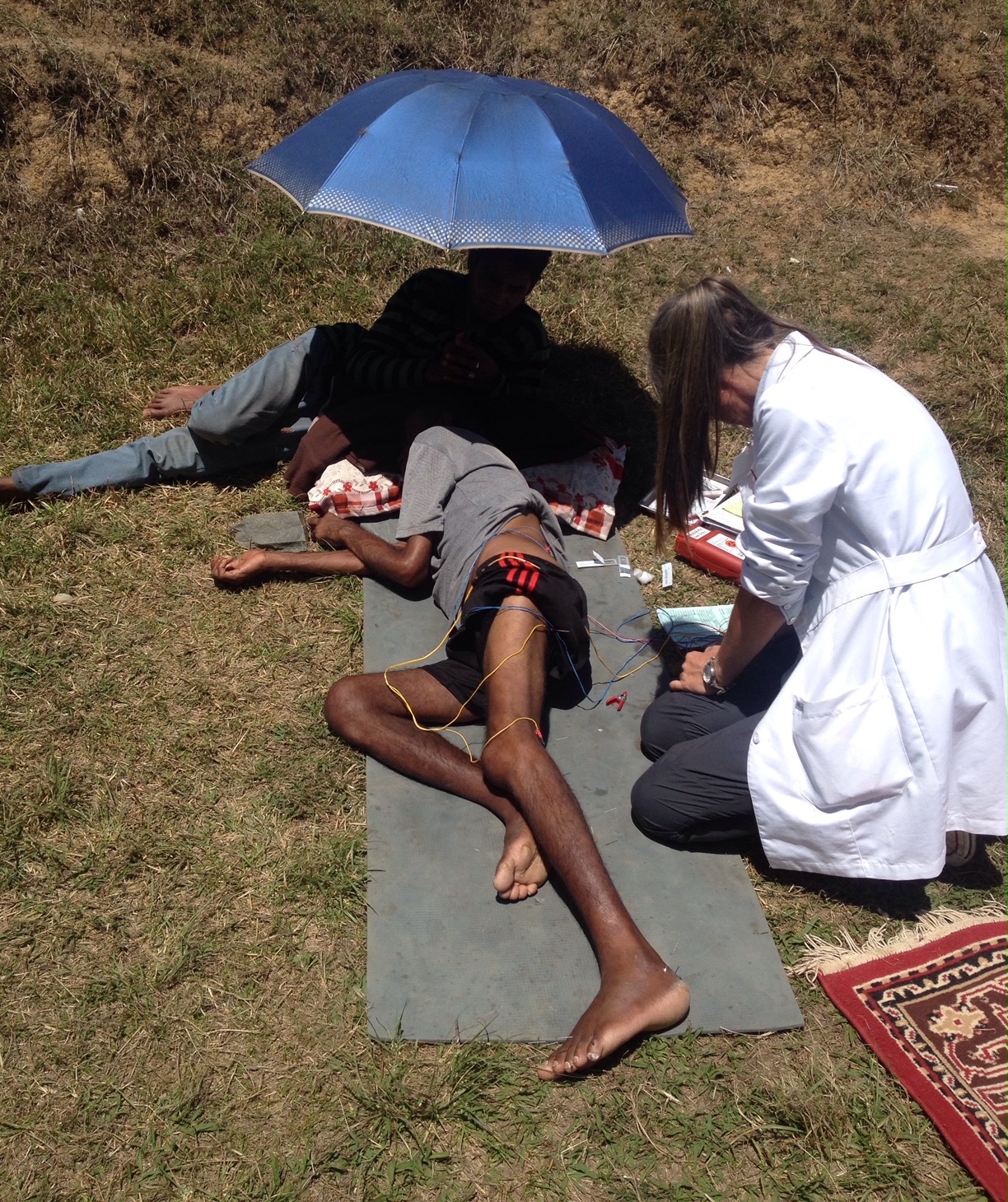 Being part of a team, being able to share and discuss our case stories, relieves some of the pressure and helps us to work out how to do our best. The rewards can be amazing however. While we track the incremental improvements as we go along, it is often only when closing out with patients that we come to understand our impact here – the number of patients who are now able to return to work, to take care of their families, to have less fear for their health, stroke patients that are able to get back on their feet and regain degrees of independence.
Being part of a team, being able to share and discuss our case stories, relieves some of the pressure and helps us to work out how to do our best. The rewards can be amazing however. While we track the incremental improvements as we go along, it is often only when closing out with patients that we come to understand our impact here – the number of patients who are now able to return to work, to take care of their families, to have less fear for their health, stroke patients that are able to get back on their feet and regain degrees of independence.
There are many NGOs doing amazing work but both the vision of ARP and the warmth of this community has an allure that makes it hard for me to stay away. The project continues to grow and mature. In 2017, the main clinic ran for 10 months, allowing for more consistent patient care and employment for the staff. Satyamohan, previously an ARP interpreter and now a graduate from the acupuncture school in Kathmandu, rejoined the clinic as an acupuncturist, hopefully the first of many. The ongoing support and continuing education classes provided for the incoming practitioners, Nepali interns, and interpreters give everyone the opportunity to step up their game, to best serve both this patient population, and ultimately, all future patients. Being able to be a part of this is an opportunity that I truly treasure.
I am now back in Nepal working with ARP until May. As part of my ongoing commitment to the project, I hope to raise $4,000 to support their work and cover clinic costs. If you would like to know more about Acupuncture Relief Project or feel you can support our work by making a tax-deductible donation, please click here.
